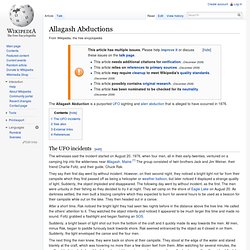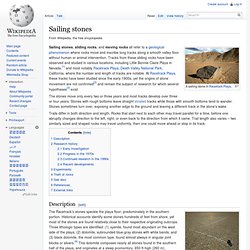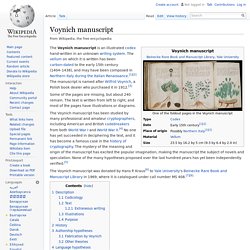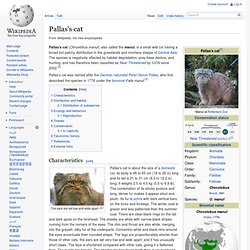

Allagash Abductions. The Allagash Abduction is a purported UFO sighting and alien abduction that is alleged to have occurred in 1976.

The UFO incidents[edit] The witnesses said the incident started on August 20, 1976, when four men, all in their early-twenties, ventured on a camping trip into the wilderness near Allagash, Maine.[1] The group consisted of twin brothers Jack and Jim Weiner, their friend Charlie Foltz, and their guide, Chuck Rak. They say their first day went by without incident. However, on their second night, they noticed a bright light not far from their campsite which they first passed off as being a helicopter or weather balloon, but later noticed it displayed a strange quality of light. Phaistos Disc. The Phaistos Disc (also spelled Phaistos Disk, Phaestos Disc) is a disk of fired clay from the Minoan palace of Phaistos on the Greek island of Crete, possibly dating to the middle or late Minoan Bronze Age (2nd millennium BC).

It is about 15 cm (5.9 in) in diameter and covered on both sides with a spiral of stamped symbols. Its purpose and meaning, and even its original geographical place of manufacture, remain disputed, making it one of the most famous mysteries of archaeology. This unique object is now on display at the archaeological museum of Heraklion. The disc was discovered in 1908 by the Italian archaeologist Luigi Pernier in the Minoan palace-site of Phaistos, and features 241 tokens, comprising 45 unique signs, which were apparently made by pressing hieroglyphic "seals" into a disc of soft clay, in a clockwise sequence spiraling toward the disc's center.
Discovery Tablet PH-1 It was found in the main cell of an underground "temple depository". Authenticity Dating Typography Signs. Sailing stones. Sailing stones, sliding rocks, and moving rocks all refer to a geological phenomenon where rocks move and inscribe long tracks along a smooth valley floor without human or animal intervention.

Tracks from these sliding rocks have been observed and studied in various locations, including Little Bonnie Claire Playa in Nevada,[1] and most notably Racetrack Playa, Death Valley National Park, California, where the number and length of tracks are notable. At Racetrack Playa, these tracks have been studied since the early 1900s, yet the origins of stone movement are not confirmed[2] and remain the subject of research for which several hypotheses[3] exist. The stones move only every two or three years and most tracks develop over three or four years. Stones with rough bottoms leave straight striated tracks while those with smooth bottoms tend to wander. Stones sometimes turn over, exposing another edge to the ground and leaving a different track in the stone's wake.
Description[edit] ice floes. Voynich manuscript. The Voynich manuscript is an illustrated codex hand-written in an unknown writing system.

The vellum on which it is written has been carbon-dated to the early 15th century (1404–1438), and may have been composed in Northern Italy during the Italian Renaissance.[1][2] The manuscript is named after Wilfrid Voynich, a Polish book dealer who purchased it in 1912.[3] Some of the pages are missing, but about 240 remain. The text is written from left to right, and most of the pages have illustrations or diagrams. The Voynich manuscript has been studied by many professional and amateur cryptographers, including American and British codebreakers from both World War I and World War II.[4] No one has yet succeeded in deciphering the text, and it has become a famous case in the history of cryptography.
Mount Roraima. Mount Roraima (Spanish: Monte Roraima [ˈmonte roˈɾaima], also known as Tepuy Roraima and Cerro Roraima; Portuguese: Monte Roraima [ˈmõtʃi ʁoˈɾɐ̃jmɐ]) is the highest of the Pakaraima chain of tepui plateau in South America.[4]:156 First described by the English explorer Sir Walter Raleigh in 1596, its 31 km2 summit area[4]:156 consists on all sides of cliffs rising 400 metres (1,300 ft).

The mountain also serves as the triple border point of Venezuela, Brazil and Guyana.[4]:156 Mount Roraima lies on the Guiana Shield in the southeastern corner of Venezuela's 30,000 square kilometres (12,000 sq mi) Canaima National Park forming the highest peak of Guyana's Highland Range. The tabletop mountains of the park are considered some of the oldest geological formations on Earth, dating back to some two billion years ago in the Precambrian. WikiMiniAtlas Flora and fauna[edit] Vegetation on Mount Roraima There are many examples of unique fauna atop Mount Roraima. Culture[edit] Pallas's cat. Pallas's cat (Otocolobus manul), also called the manul, is a small wild cat having a broad but patchy distribution in the grasslands and montane steppe of Central Asia.

The species is negatively affected by habitat degradation, prey base decline, and hunting, and has therefore been classified as Near Threatened by IUCN since 2002.[2] Pallas’s cat was named after the German naturalist Peter Simon Pallas, who first described the species in 1776 under the binomial Felis manul.[3] Characteristics[edit] The ears are set low and wide apart Pallas's cat is about the size of a domestic cat, its body is 46 to 65 cm (18 to 26 in) long and its tail is 21 to 31 cm (8.3 to 12.2 in) long.